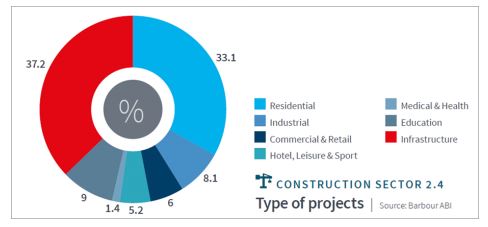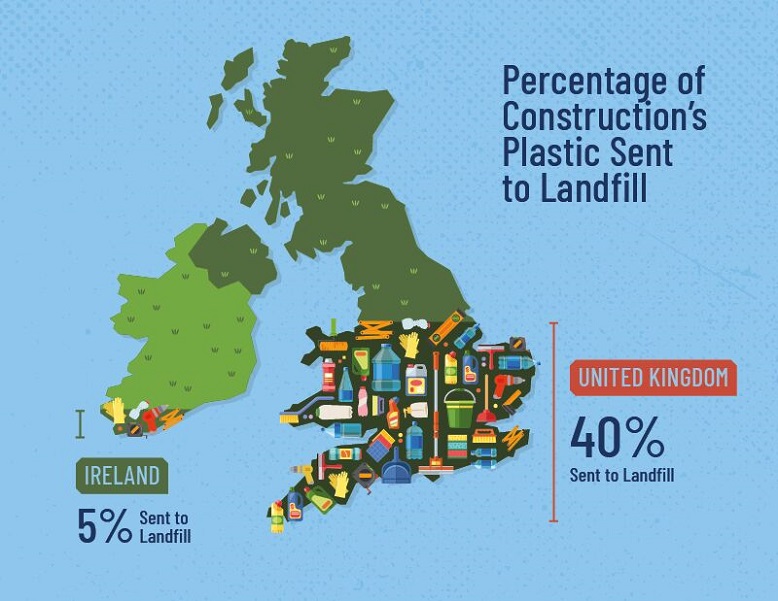CITB will be targeting more than 11,800 people to attract them into construction careers, as part of the Pathways Into Construction programme.
Construction output is expected to grow by 1.3% per year with 168,500 jobs being created by 2023 – challenging employers to recruit more people from diverse backgrounds.
Just 16% of construction employees are female, and 7% are from BAME backgrounds.
This has been due, in part, because construction employers have relied over the years on traditional recruitment methods (PDF. 903kb) such as word of mouth.
Pathways Into Construction will attract people from underrepresented groups over the next three years with CITB’s investment establishing recruitment pathways that employers can use in future.
This supports construction employers by helping them meet their workforce and skills needs. Pathways Into Construction will see a £10m investment in 270 colleges; construction employers and federations; infrastructure projects; councils; housing associations; armed forces organisations; charities; prisons; recruiters and training providers across England, Wales and Scotland to connect employers with people who traditionally don’t enter the industry.
CITB insight into critical training and employment issues underpins the Pathways Into Construction programme with investment aimed at key groups including young people not in education, training or work; women; long-term unemployed; service leavers who left the military at least 12 months ago; and full-time learners, focusing on CBE Diploma students.
In the West Midlands and East Anglia, Women Into Construction will assist 240 women with work-readiness support and job placements with 30 companies, half of which are to be small and medium sized enterprises (SMEs).
Specifically in Wales, Creating Enterprise will also run work readiness courses and placements for more than 140 long-term unemployed people, including careers support plans beyond the project. Also in Wales, the Community Impact Initiative will provide nine renovation projects for 72 women to train on, plus CSCS card testing, along with vital on-site work experience to enable employment in the industry.
In Scotland, Sibbald will target 180 service leavers and young people not in education, training or employment within the North Glasgow area, in partnership with Glasgow Kelvin College, TIGERS Ltd, Keepmoat and Morgan Sindall.
Stephen Cole, CITB Head of Careers Strategy, said “With thousands of jobs being created in the coming years, Pathways Into Construction will demonstrate that we need to stop fishing in only half the pond and diversify the talent pool to meet future skills needs.
“We’ll explore the best routes, which employers can adopt in future, to bring under-represented groups into the industry, not only filling the skills gap but also supporting employers by recruiting domestic talent with Brexit on the horizon.”
Mark Reynolds, Mace Group CEO and Construction Leadership Council lead on skills, added “The funding awarded to the 16 projects will have a huge impact… It will help to ensure that everyone can access high-quality construction training and employers can find the right new people to deliver their projects.”
Other organisations leading Pathways Into Construction multi-partner projects include: Abbey Access Training; Balfour Beatty; Construction Youth Trust; Croydon Council, Doncaster College; EN:Able Futures; Ethos VO Ltd; the Home Builders Federation; Leeds Beckett University; Lendlease; Saint-Gobain; Sibbald Ltd; and YTKO.








